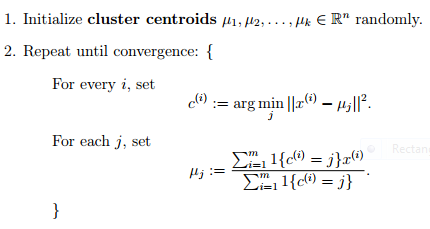
# (Generally both tape and tape are buffered in RAM. # tape gives the record previously under the read head of that tape. # tape gives the record currently under the read head of that tape. # take the next sorted chunk from the input tapes, and merge into the single given output_tape. Sum (LaTeX symbol) Pseudocode: A LATEX Style File for Displaying Algorithms D.L. Merge( scratch_tape_C, scratch_tape_D, input_tape) The following example illustrates the difference between sum and Sigma. Merge( scratch_tape_C, scratch_tape_D, output_tape) Merge( input_tape, output_tape, scratch_tape_D) Merge( input_tape, output_tape, scratch_tape_C)

While any records remain on the input_tape Also, because pseudocode is supposed to be a clear expression of an algorithm it may need to incorporate mathematical notation, figures, tables, and other LaTeX features that do not appear in conventional programming languages. # Original data is on the input tape the other tapes are blankįunction mergesort(input_tape, output_tape, scratch_tape_C, scratch_tape_D) Pseudocode differs from actual program listings in that it lacks strict syntax and semantics.
Latex pseudocode example code#
Use inline LaTeX, LaTeX blocks, inline code, and code blocks as appropriate. Use the indentation structure of nested lists to provide visual and logical structure to the pseudocode. In pseudocode, the "natural mergesort" algorithm could look something like this: Pseudocode must be formatted using an ordered (numbered) or unordered (bullet) list, with nested lists as appropriate.

In the best case (already mostly-sorted data), "natural mergesort" merges large already-sorted chunks into even larger chunks, hopefully finishing in fewer than log n passes. In the worst case (reversed data), "natural mergesort" performs the same as the above - it merges individual records into 2-record chunks, then 2-record chunks into 4-record chunks, etc. The bottom-up "natural mergesort" merges whatever "chunks" of in-order records are already in the data.

Merge subarrays a and a in-place.įor almost-sorted data on tape, a bottom-up "natural mergesort" variant of this algorithm is popular. During each pass, the array is divided into blocks of size m. Func merge( var a as array, var b as array )īottom-up merge sort is a non-recursive variant of the merge sort, in which the array is sorted by a sequence of passes.


 0 kommentar(er)
0 kommentar(er)
